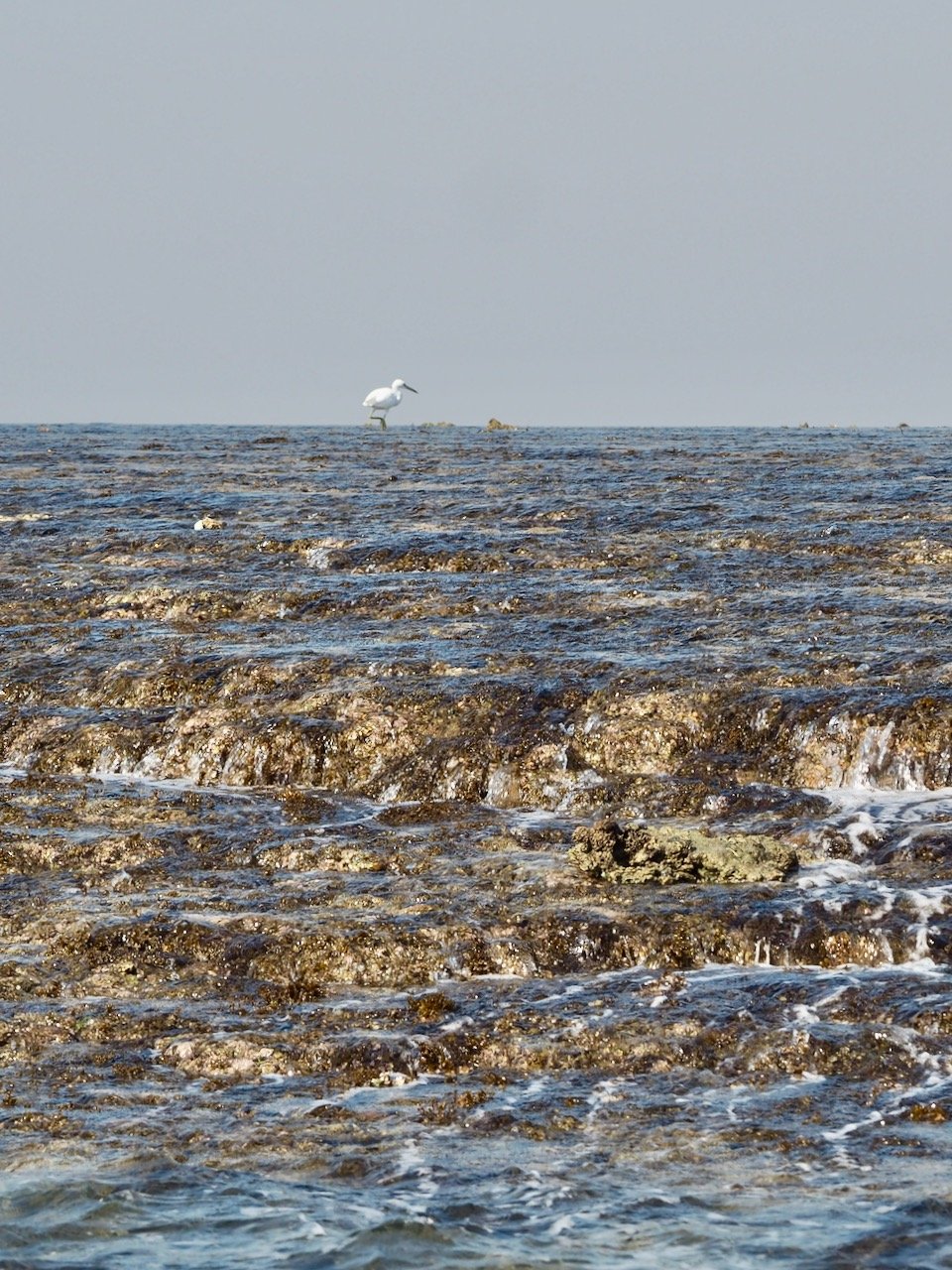THE MYSTERY OF MONTGOMERY REEF: SMH TRAVELLER
Nina Karnikowski visits Western Australia's Montgomery Reef and discovers the mystery of a disappearing tribe.
It's 9.30am on a bluebird day on the remote Kimberley coast, and we're zooming across the ocean in search of Australia's own Atlantis. Like many wish the mythical sunken city of ancient Greece may one day do, the Kimberley's 400-square-kilometre Montgomery Reef rises, miraculously, up out of the ocean each day as the tide goes out – and we're just about to see it happen.
"Montgomery Reef is completely unique in the world," yells our APT naturalist guide, a bright-eyed young Kiwi named Steve Todd, over the buzz of our Zodiac's motor. "For this phenomena to exist you need to have enormous tides, like the four- to 10-metre tides here, and the type of reef that can survive coming in and out of the water twice a day."
Within minutes our Zodiac enters the main channel that snakes through the exposed coral reef and we watch, breathless, as hundreds of mini cascades gush off the top. Egrets and frigate birds fall from the sky like blowing sparks to grab their morning seafood feast from the small sinkholes pock-marking the reef, while a now-unprotected green sea turtle scuttles back to the safety of the sea.
Montgomery Reef, Todd tells us as we putter alongside its shimmering surface, was named by naval officer Phillip Parker King after his ship's surgeon, Andrew Montgomery, during their 1820 exploration of the Kimberley coast. But the reef and its surrounding islands had already been inhabited by Indigenous populations for thousands of years before that.
Todd points to a few small globs of land on the eastern edge of the reef, known as the High Cliffy Islands, and tells us they were once home to a tribe that mysteriously disappeared. "The Yawijibaya lived on the main island, which is only one kilometre long and 300 metres wide, for almost 7000 years," he says, shielding his eyes from the late-morning sun as it winks off the reef.
The Yawijibaya, a tribe of about 300, were nicknamed the "giants of the north" by passing vessels and explorers, since some were said to stand seven feet tall. "Their lives were intertwined with the massive tides, and they'd ride the currents out to Montgomery Reef on mangrove rafts to collect food including sea turtles and dugongs, stingrays and fish," says Todd.
In 1929, a film crew made it to the High Cliffy Islands and videoed the Yawijibaya (you can still find snippets of this video on Youtube), fishing and rafting and carrying 150-kilogram sea turtles across their shoulders.
When the crew returned soon after that first visit to do more research, however, the Yawijibaya had vanished without a trace. "There are stories of tsunamis and tribal wars, even about alien abductions," says Todd. "But the most sensible and likely theory is they just integrated into other Aboriginal communities around the area."
Whether or not the reason is this rational, the disappearance of the Yawijibaya remains one of the North West's greatest mysteries, and only enhances the idiosyncratic nature of Montgomery Reef.
As we continue exploring, looking for reef sharks and manta rays, and gasping as dozens of turtles pop up for air, Todd has us pondering another anomaly: how does this reef manage to survive in the extreme temperatures out of the water? While coral reefs around the planet are in peril due to rising ocean temperatures, the corals on Montgomery have become remarkably robust, says Todd, since they're exposed to extreme air temperatures every day when they rise out of the water.
"Scientists are actually taking coral from this reef and planting it on the Great Barrier Reef, to see how it goes," says Todd. With time running out to tackle the world's environmental problems, the hardiness of Montgomery Reef offers some hope for the future. As we zoom back towards our luxurious expedition cruise ship, I turn to watch this mysterious Atlantis recede into the distance, soon to disappear once more beneath the waves.
Nina Karnikowski travelled as a guest of APT.
This story first appeared in print and online here
